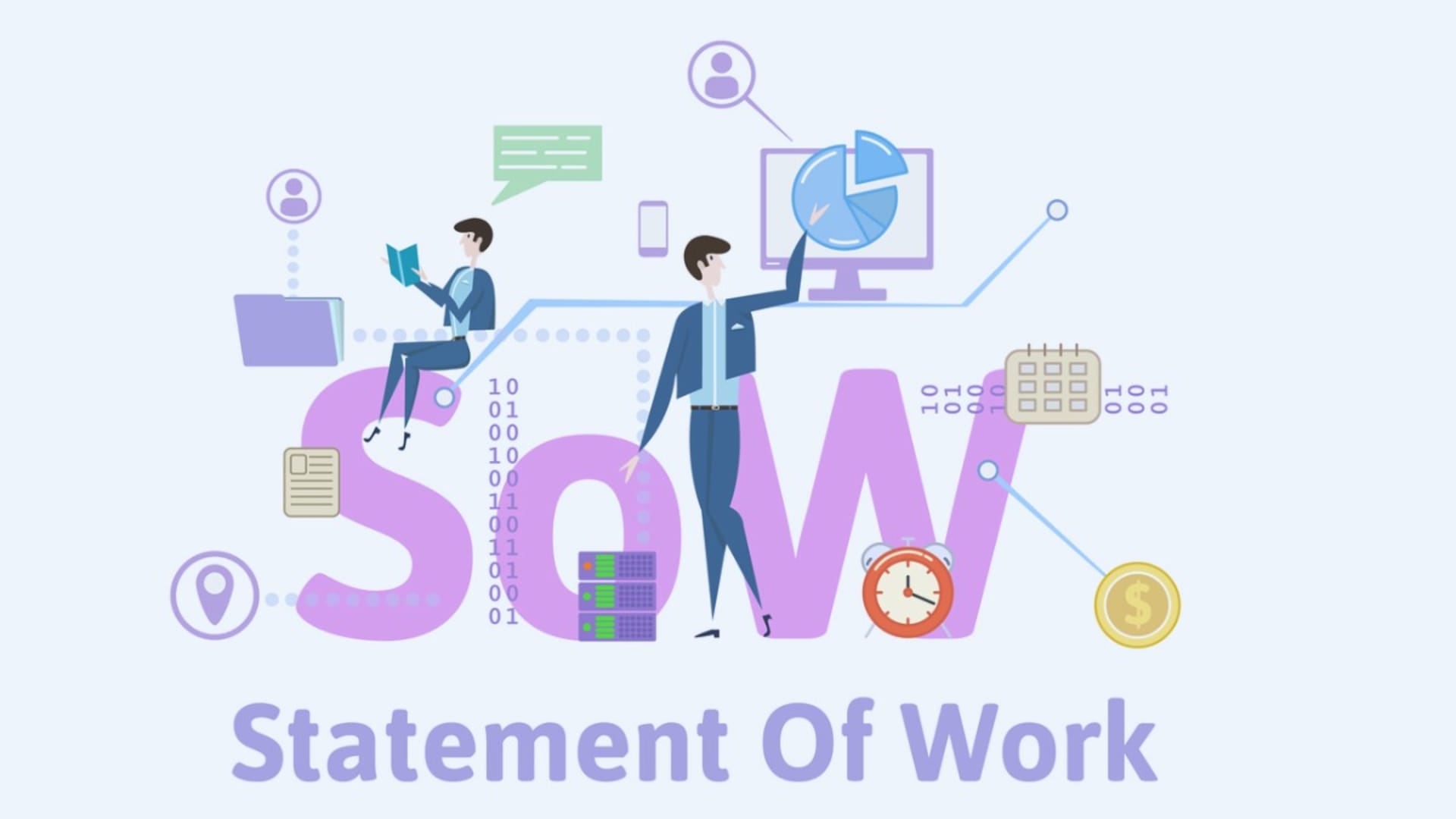This is a question heard by many devs every single time they take on a new project. Clients typically want some sort of magic answer and to know which language is the ideal one that will help take their development projects from mere ideas into reality.
This is, of course, a valid and fair question, as choosing the best fit of technology stacks, programming languages, and libraries is essential to successful development. However, it isn’t as simple as merely making a choice and sticking to it.
There are many factors that must go into determining which programming language (or languages) to use in certain projects. Most seasoned developers already have a toolbelt of their own preferred languages and technologies for certain types of projects but they still go through a series of questions and considerations of the project at hand to make a final decision.
Every programming language comes with its own advantages and disadvantages, and it’s definitely critical for the success of the project and business to choose the right one. This decision is also dependent upon the business’s long-term goals and overall expectations.
Questions to Ask When Selecting a Programming Language
By asking many questions about the upcoming development project as well as the capabilities, limitations, and requirements of the various programming languages available, dev teams help clear our confusion and narrow the choices down.
Some of the most important questions include:
- What is the intended environment on which to run the project: mobile, web, enterprise-level?
- Does the client have a preference based on previous experience and projects?
- Can the development team successfully program in the language? Would there be a big learning curve? Or would this require the hiring of new developers?
- What kind of performance considerations exist for the project? Will the language help improve and meet performance expectations?
- Does the language feature proper ecosystem support? Will it endure for a long time without needing updates?
- Does the vendor provide support for the language? Are there any existing or legacy codebase considerations for the project?
- Is there a digital community of developers available for resources and support?
- Does the language easily integrate with third-party tools?
- What are the considerations for the security of the language?
While this is by no means a comprehensive or total list of questions meant for immediate decision-making, these questions help developers weed out the languages that are absolutely not a fit for the project.
Alongside that, there are generalized lists of “best fits” for different types of projects that developers may use as a guide to jump-start the selection process. This list isn’t definitive or something strict to stick to by any means, but may prove helpful to developers unsure of where to begin with a new project.
- Mobile Applications: JavaScript, Java, Swift, Object-C
- Web Applications: JavaScript, PHP, Ruby, HTML and CSS, TypeScript
- Enterprise Applications: C++, Erlang, C#, Java
- Machine Learning and Data Visualization: Python, R, Java, C#
- Big Data: Python, Java, R, Scala
- Data Storage: SQL, Python, Java, C#
- Operating Systems: C and C++
- Distributed Systems: Go
The Critical Factors of Program Language Decision-Making
Type of Application
The type of application, from web and mobile apps to enterprise software, heavily influences the languages available to choose from. General programming languages, such as Java, Python, and JavaScript, act as the chameleons of the development world and allow for building different types of apps across various platforms. Others, however, are incredibly specific to their project types.
Scalability and Performance
Although scalability is more determined by the technology stack, the performance of an application depends greatly on the programming languages it runs on.
Previous Dev Experience
Developers encounter many different types of projects and typically work with a variety of languages throughout their careers. Dev teams should voice their own experiences with the list of language contenders when making a selection for a new project.
Security
Every application differs in terms of security requirements. While some applications may require compliance with strict laws or codes (i.e. HIPAA compliance), others follow more generalized security rules.
Development Speed
The time required for code production is something that many people skip over as a determining factor in choosing a language. However, it’s crucial if the project requires an expedited timeline or a quick time-to-market.
Execution Speed
This typically depends on the needs of the client or end-users more than anything. Clients may or may not have a ton of data requiring processing, some may want speed as a top priority, and others are bound by third-party application speed requirements. By figuring this criterion out ahead of time, the team can save development time later on.
Maintainability
Every language and tech stack comes with a whole system of libraries and, thankfully, vendor support. It’s important that devs look at the frequency of new releases for a language to see what will continue to receive support and stay current for the foreseeable future.
Development teams must take the time to answer these questions with their client ahead of a new project as well as discussing among themselves which is the best fit for success based on the critical factors at hand.







